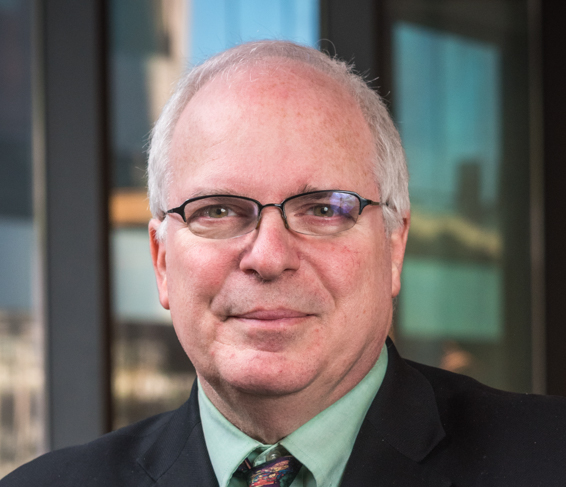Key Takeaways:
- Advances in treatment techniques and supportive care have opened stem cell transplants to patients who once would have been considered too old.
- Because transplants often pose greater risks for older patients, doctors perform extensive health assessments to ensure patients can tolerate the procedure.
- Personal and medical considerations play a role in determining whether a transplant is appropriate for older individuals.
Stem cell transplants today can be performed on some patients well into their 70s. While advances in transplant techniques and supportive care have made transplants safer for older patients, a variety of factors influence whether the procedure is right for each individual. Your care team can help determine what is best for you.
What is a stem cell transplant?
Stem cell transplants are used to treat blood-related cancers such as leukemia, myelodysplasia, myeloproliferative diseases, lymphoma, and multiple myeloma, as well as certain non-malignant blood disorders such as aplastic anemia. For some patients, transplants offer the possibility of a cure or a longer period of disease-free survival.
In a stem cell transplant, a patient’s diseased blood-forming cells are replaced with healthy cells. The transplanted cells may come from a compatible donor (an allogeneic transplant) or the patient him- or herself (an autologous transplant).

Transplants in older patients
Stem cell transplants can be challenging for older patients for a variety of reasons. Seniors are more apt to have co-existing conditions that limit their ability to tolerate high doses of chemotherapy or radiation or other aspects of the transplant procedure. They may process, or metabolize, medications differently than younger people do, interfering with the effectiveness of these drugs. And the cancer itself can be more difficult to treat in older patients, who may have already undergone several rounds of treatment.
Can you be too old for a stem cell transplant?
As recently as the 1980s, it was rare for transplants to be performed in patients over 40, but today the average age of those undergoing transplant is 60. The rise is largely due to better treatments for the potential side effects of transplant; new strategies to address the challenges of transplant in older patients; and better overall health in the general population, with greater attention to diet and exercise and a reduction in smoking.
Even as more patients have become eligible for transplant, however, transplant can still be a difficult procedure for older patients to go through. To determine which patients are good candidates for a transplant, doctors consider a range of factors:
- Overall health: Doctors do a thorough assessment of patients’ general health to identify co-existing conditions that can make them more vulnerable to transplant-related complications.
- Supportive care: The development of better medications to prevent nausea, infection, GVHD, and other potential side effects of transplant has made it possible for more patients to undergo the procedure. Older patients may need to have doses of some of these medications adjusted.
- Caregiver: All patients undergoing a transplant, but especially older patients, need a reliable caregiver — a family member or friend — to help them through the process. A stem cell transplant involves many logistical issues, including transportation, time off from work, and help with meals and other daily tasks, for which a caregiver is of invaluable assistance.
- Reduced-intensity transplant: This procedure, which uses lower doses of chemotherapy than traditional transplants, was developed for older patients and others for whom full-intensity transplants aren’t appropriate. Unlike conventional transplants, which seek to eradicate diseased bone marrow, reduced-intensity transplants seek to suppress the recipient’s immune system enough so donor stem cells can engraft there.
- Type of cancer: Patients with acute myelogenous leukemia (AML) are more likely to receive a full-intensity transplant than a reduced-intensity one.
- Risk factors: Doctors use a scale called the Hematopoietic Cell Transplantation-Comorbidity Index (HCT-CI) to evaluate the risk of toxicities, or adverse side effects, in candidates for transplant. Incorporating factors such as lung, liver, and cardiac function, stroke, coronary artery disease, heart valve disease, diabetes, obesity, age, connective tissue disease, ulcer, depression, and anxiety disorders, the HCT-CI score helps doctors determine whether a patient is best served by a full-intensity or reduced-intensity transplant.
Doctors use another framework, called the Clinical Frailty Scale, to identify older patients who are likely to experience problems with drug interactions after a transplant. The clinical frailty score helps doctors manage patients’ medical needs in the post-transplant period.
Personal considerations
The prospect of a stem cell transplant is an opportunity for self-assessment as well as medical assessment. Patients weighing a transplant are encouraged to consider how many additional years a transplant may provide and what they’d like to accomplish in that time.
“As physicians, we need to be very honest with patients about the benefits and risks of transplant and about the road after transplant — the need to come in for periodic checkups and the medications that need to be taken,” says Robert Soiffer, MD, co-chief of the Stem Cell Transplantation and Cellular Therapies program at Dana-Farber.
About the Medical Reviewer

Dr. Soiffer graduated from New York University School of Medicine in 1983, and trained in internal medicine at Brigham and Women's Hospital, where he also was chief medical resident. He joined DFCI in 1988, after completing a medical oncology fellowship. He is currently chief of the Division of Hematologic Malignancies and codirector of the Adult Stem Cell Transplantation Program. Dr. Soiffer is chairman of the Center for International Blood and Marrow Transplant Research advisory committee and has served as vice president (2006), president (2007), and immediate past president (2008) of the American Society of Blood and Marrow Transplantation.
